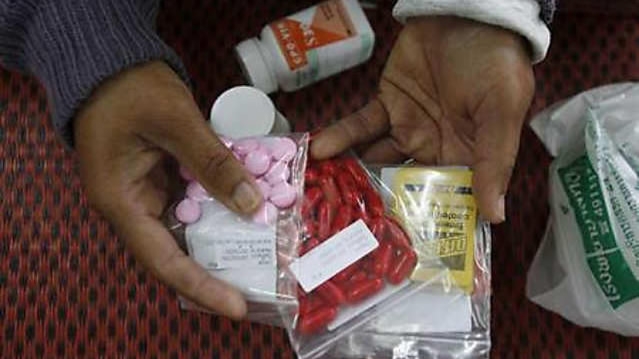
Tech & Sci
10:33, 26-Jul-2017
Swaziland makes major strides in fight against AIDS epidemic

Swaziland has drastically cut the world's highest HIV infection rate half, researchers announced on Monday.
“Since 2011, national HIV incidence in Swaziland dropped by almost half,” a research team led by Velephi Okello of the Swazi health ministry said in a written presentation to an HIV science conference in Paris.
The country where about one in three adults are infected with the AIDS-causing virus, has vastly expanded public programs to test people for HIV infection and put them on life-saving anti-retroviral treatment.
EPIDEMIC
“Sustaining these achievements will be paramount to Swaziland’s success in curbing its severe HIV epidemic,” the researchers said.
In 2011, 31 percent of adults (aged 18-49) out of a total country population of just over 1.2 million were infected with HIV, according to government data.

Science Photo
Science Photo
DECREASE
The latest data, based on blood tests from about 11,000 people aged 15 and over, showed that 27 per cent were HIV-positive in 2016.
This translated to an infection rate of 1.39 per cent among 18- to 49-year-olds, down from 2.58 per cent in 2011 – a 46-per cent reduction.
“Incidence was higher among women than in men,” said the report to the International AIDS Society conference.
"Incidence" is the word used by medical professionals of how many new cases there are over a specific time period – if the "incidence rate" is falling, this should indicate that the spread of the disease is dramatically slowing down.
ANTI-RETROVIRAL
The decline was also steeper for men at 52 per cent than for women at 40 per cent.
The survey showed that 73 per cent of people on ART had achieved suppression of the virus, compared to 35 per cent in 2011.
ART not only stops HIV from replicating and attacking a patient’s immune system, but also curbs its spread to sexual partners.
HIV TESTS
The gains were the fruit of a much improved HIV treatment program, the researchers said.
The number of HIV tests conducted in Swaziland more than doubled from 176,000 in 2011 to 367,000 in 2016, and the share of infected people on ART rose from 37 per cent to 74 per cent.
(With inputs from AFP and Daily Nation)
11484km

SITEMAP
Copyright © 2018 CGTN. Beijing ICP prepared NO.16065310-3
Copyright © 2018 CGTN. Beijing ICP prepared NO.16065310-3